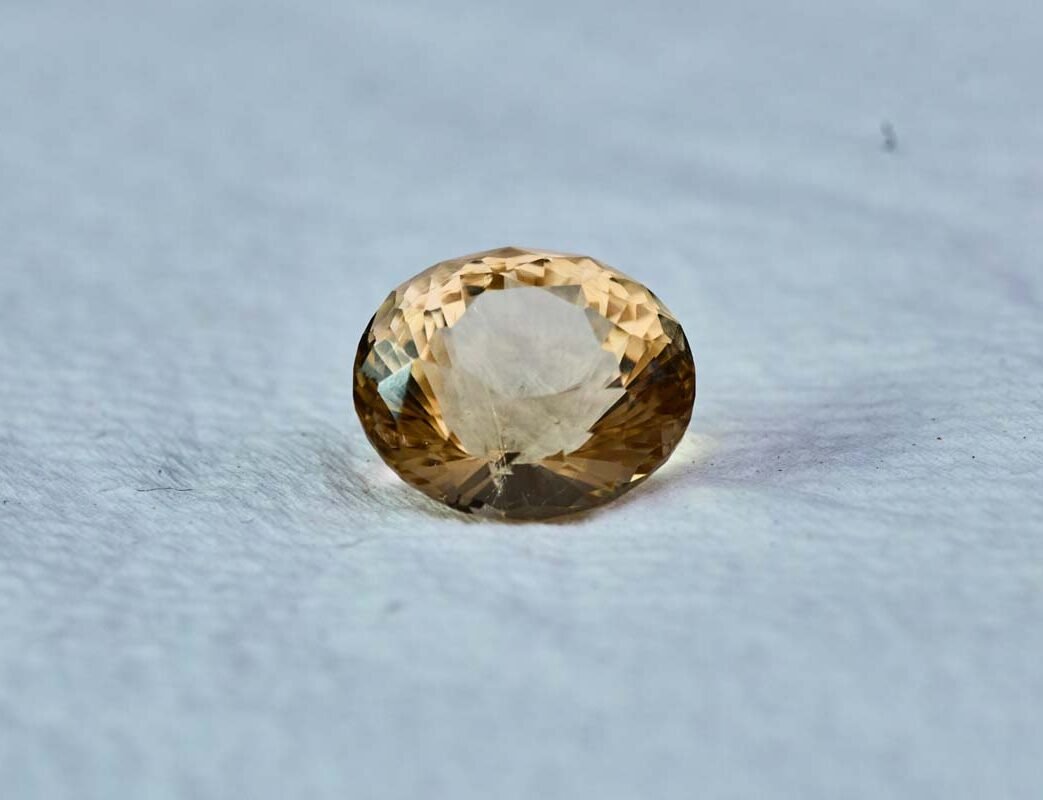The Radiant Story of Citrine: Sunshine Captured in Stone
The Gemstone of Sunshine
Glowing with shades from pale lemon to deep amber, citrine is more than a gemstone — it’s a piece of the sun captured in crystal. Across cultures and centuries, citrine has been a symbol of joy, vitality, and prosperity. While its ancient roots stretch across Greece, Egypt, and Rome, Africa — and Nigeria in particular — has its own untold chapter in the citrine story.
From Ancient Amulets to Modern Jewelry
- Ancient Greece (circa 300 BC): Adorned in rings and amulets, citrine was believed to shield wearers from negative thoughts.
- Egyptian Civilization: Seen as a solar talisman, worn to draw strength and health from the sun’s life-giving energy.
- Renaissance Europe: Favored by nobility as a symbol of status, wealth, and refined taste.
- 20th Century Revival: In the 1930s, South African citrine cut by skilled German artisans became a hallmark of the Art Deco era, bringing African stones into global fashion.
Africa’s Rich Citrine Belt
Africa’s mineral-rich lands yield citrine of remarkable clarity and color. Zambia, Tanzania, Namibia, Nigeria and South Africa are renowned sources, producing gems in shades so vibrant they seem to hold the last glow of an African sunset.
In African spiritual traditions, citrine is often called “the merchant’s stone” — believed to draw prosperity, boost creativity, and guard against misfortune. Whether in market stalls or artisanal jewelry, its golden hue is a quiet promise of abundance.
Nigeria’s Untapped Golden Spark
Nigeria’s gemstone map is vast, with deposits of sapphire, tourmaline, aquamarine — and yes, natural citrine. Found in Nasarawa, Kaduna, Taraba, Bauchi, Plateau, and Niger states, most of Nigeria’s citrine is unearthed by small-scale artisanal miners working in pegmatite and weathered zones.
While not yet as commercially spotlighted as Nigeria’s other gems, citrine’s market potential is clear. Its warm, golden tones resonate with the country’s sunny identity and could be branded as a symbol of “light from Nigeria.”
The Future is Golden
Citrine’s journey — from ancient talismans to contemporary fashion — shows the timeless human desire to carry the sun’s warmth with us. For Nigeria, citrine represents more than a mineral deposit; it’s a chance to tell a new story in Africa’s gemstone legacy.
By investing in artisanal skills, ethical mining, and international branding, Nigeria could shine on the global stage — with citrine as its golden ambassador.
“Citrine’s golden light is more than beauty — it’s a bridge between Nigeria’s natural wealth and its cultural future.”


